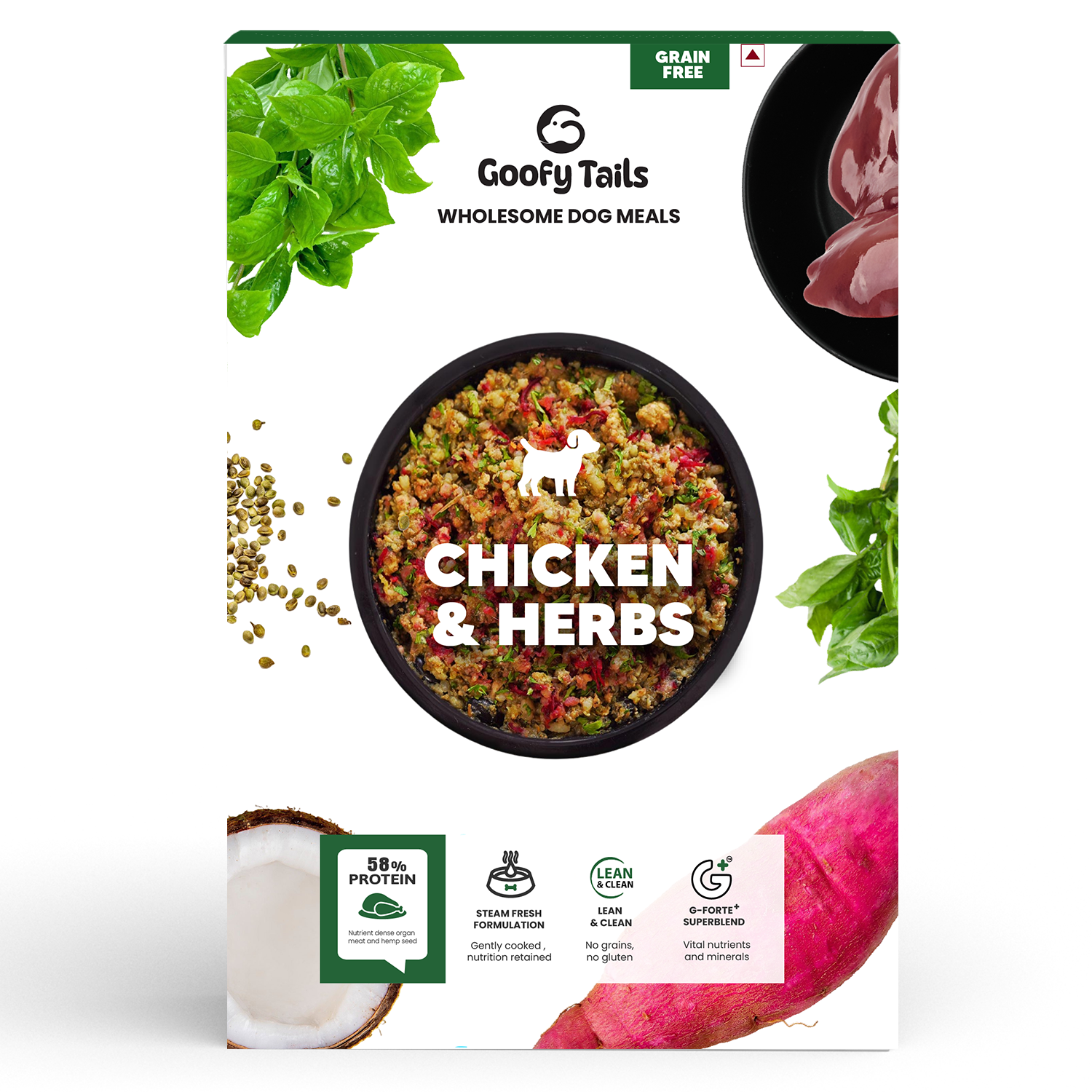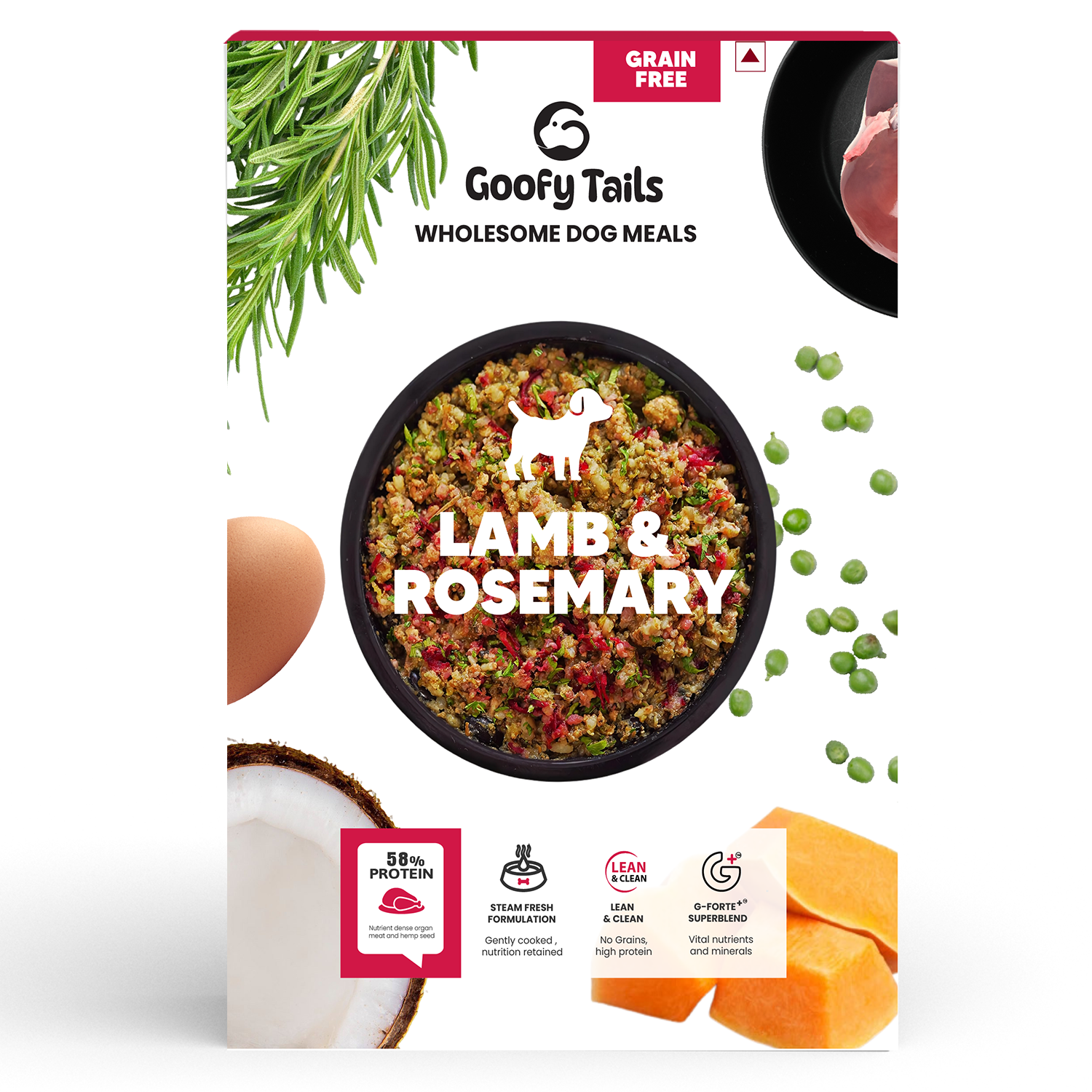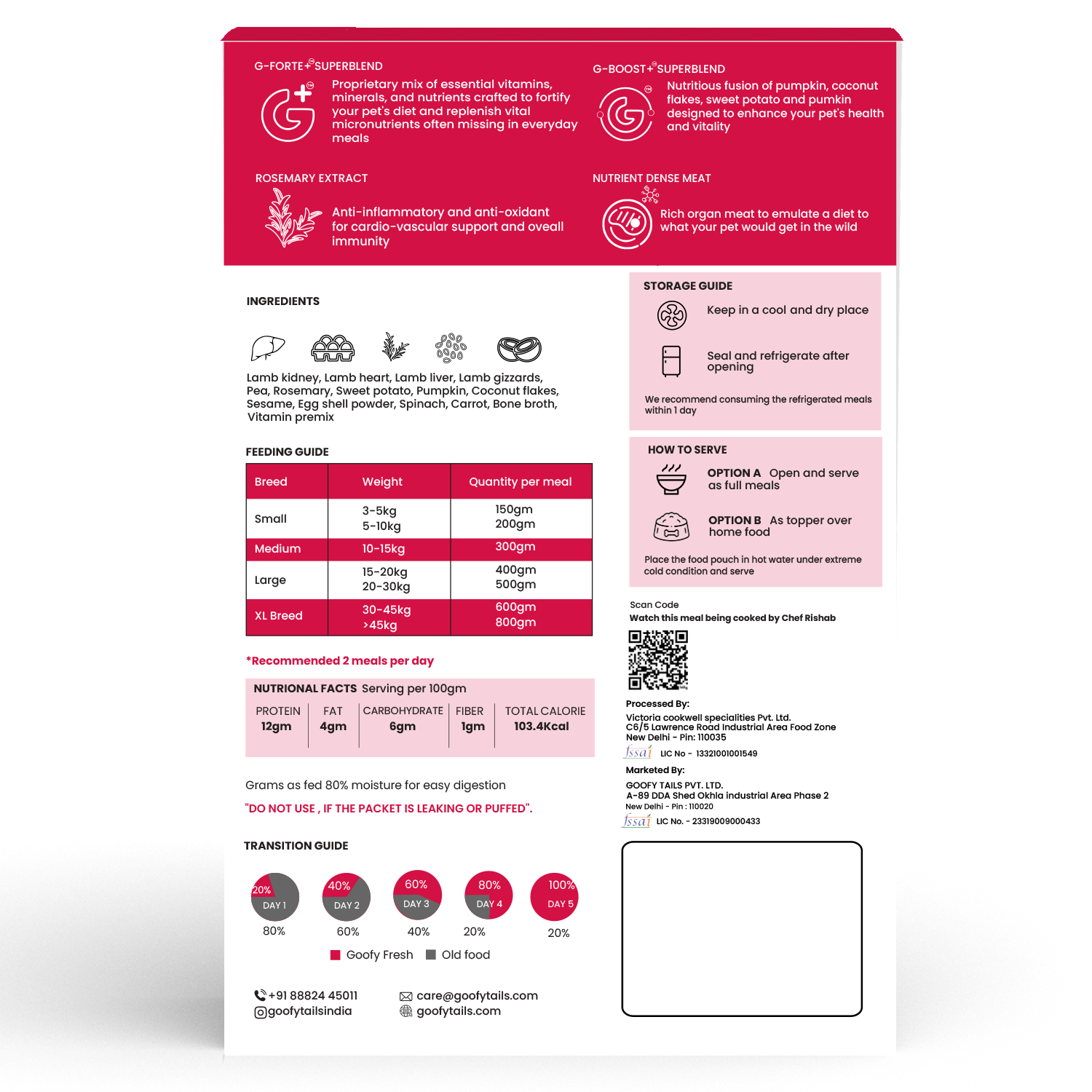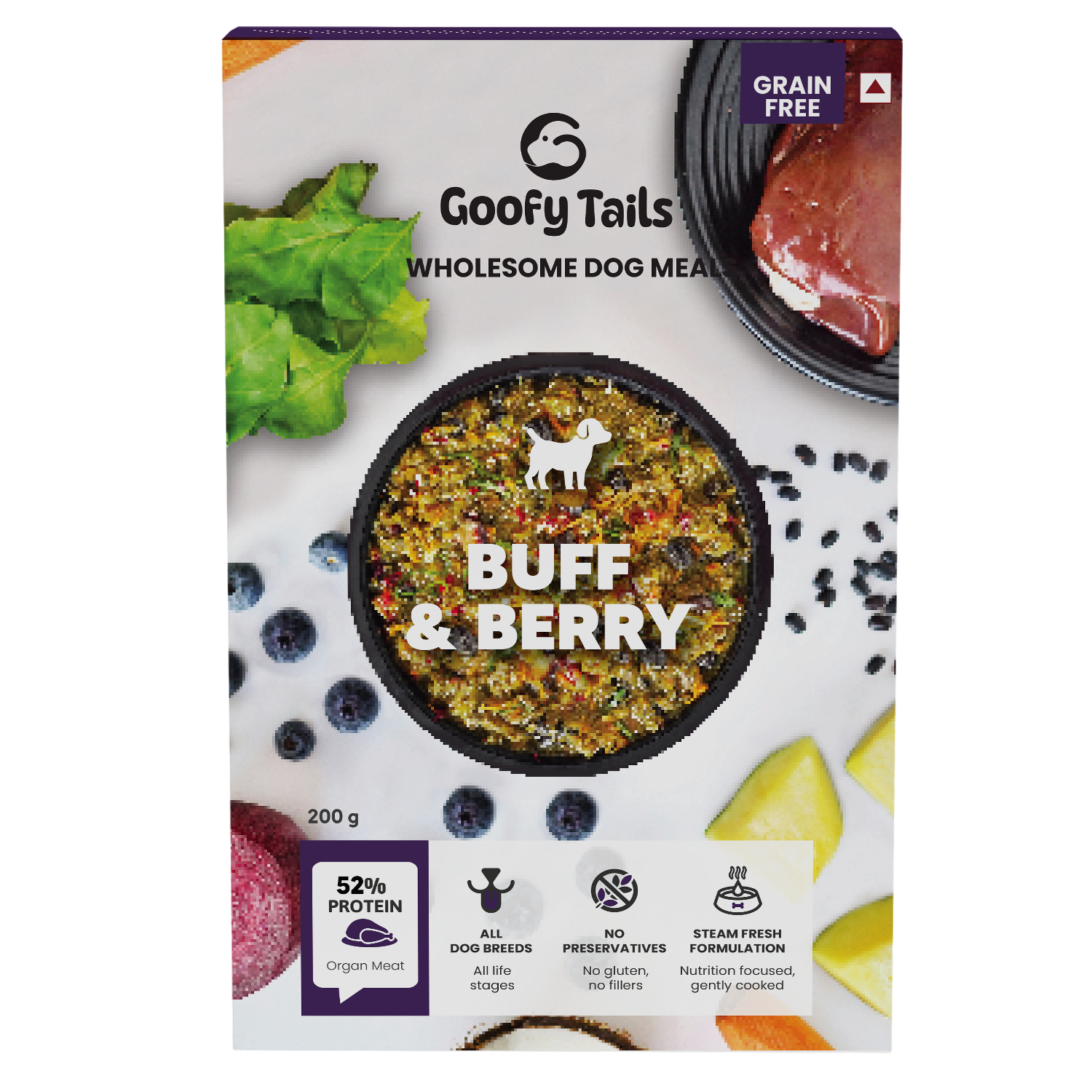Top Smallest Dog Breeds and How to Care for Them
Small dogs may be tiny in size, but they have personalities that can easily fill a room. From the spirited Chihuahua to the elegant Papillon, these compact companions are known for their charm, adaptability, and big-dog confidence in small-dog bodies. Owning a small breed isn’t just about enjoying their portable size—it’s about understanding their unique needs.
Before bringing home a small breed, consider a few key factors:
-
They can mature quickly, often reaching adult size by 6 to 12 months.
-
Require less food overall, but benefit from high-quality nutrition tailored to their small frames.
-
Often live longer than large breeds, with lifespans averaging 12–16 years.
-
Can be prone to dental issues, hypoglycaemia, and a luxating patella.
-
Training and socialisation are essential to prevent “small dog syndrome,” where confidence can tip into stubbornness or excessive barking.
-
Fragile bone structure means extra care is needed around children and larger dogs.
You may check out our blog ‘Guide to Pre-Parenting Stage of Dog Adoption’ for more information on the subject.
For a deeper understanding of each breed and to explore more, visit our Breed O’ Pedia page, which provides detailed information on over 200 dog breeds. Here are 30 of the smallest dog breeds that provide amazing cuddles.
-
Pomeranian

The Pomeranian, a diminutive and spirited breed, has origins steeped in the history of the German Spitz. Some believe the breed evolved from larger Nordic companions, while others suggest it was refined by European aristocrats. Known for their abundant, fluffy coats and fox-like faces, Pomeranians gained prominence as lap dogs in the 18th century, charming both nobles and commoners. Today, Pomeranians are celebrated for their lively, affectionate nature and sharp intelligence. They remain popular for their distinctive look, charm, and playful demeanour.
Height - 18-30 cm
Weight - 1-3 kg
Size – Small
Life Expectancy: 15 years
For a more detailed view, check out our dog wiki page for the Pomeranian.
-
Pug

The Pug, a beloved toy breed, has origins dating back to 400 B.C., when similar dogs were bred in ancient China. Some believe Dutch traders brought them to Europe, while others suggest they descended from short-haired Pekingese or small Bulldogs. Favoured by royalty, Pugs became popular in European courts, especially in Victorian times. Known for their playful and affectionate nature, they were also companions to Tibetan monks. Recognised for their charm and intelligence, Pugs excel as watchdogs and performers. Today, they are cherished for their loyalty, expressive faces, and endearing, fun-loving personalities.
Height - 30-36 cm
Weight - 6-9 kg
Size – Small
Life Expectancy: 12-15 years
For a more detailed view, check out our dog wiki page for the Pug.
-
French Bulldog

Belonging to England, French bulldogs appeared in the 1800s and were bred to be bull-baiting dogs. Later, this practice was outlawed in 1835 in England. They were then moved to France and became famous as companion pets.
Accepted for their compact size and bat-like ears, they became chic among the elite and the artists. The French bulldog originated in Europe and France, and was also discovered by Americans long ago. In 1896, America saw its newest Bulldog breed at the Westminster Kennel Club.
Height - 27-35 cm
Weight - 9-15 kg
Size – Small
Life Expectancy: 10-12 years
For a more detailed view, check out our dog wiki page for the French Bulldog.
-
Pekingese

The Pekingese is an ancient toy breed that originated in China over 2,000 years ago, developed as a royal companion for Chinese emperors and nobility. Highly esteemed in the imperial courts, Pekingese dogs were regarded as sacred and often lived in palaces. According to legend, the breed was created when a lion fell in love with a marmoset and was transformed into a small dog by the Buddha.
For centuries, the Pekingese remained exclusive to Chinese royalty until the mid-19th century, when British forces brought a few dogs to England after the Second Opium War. The breed quickly gained popularity in the West for its regal appearance, confident personality, and rich cultural heritage.
Height - 15-23 cm
Weight - 3-6 kg
Size – Toy
Life Expectancy: 12-14 years
For a more detailed view, check out our dog wiki page for the Pekingese.
-
Toy Poodle

During the 16th century, the Poodle became the favourite dog breed of European royalty. In the late 19th century, they began to be seen as fashionable pets, which is why more affluent people began to keep the dog as a status and prosperity. In 1887, the Poodle began to receive recognition in the United States and officially joined the American Kennel Club. Gaining popularity in America, they became commonly used as farm pets. Poodles became famous family pets and show dogs by the 1950s.
Height - 24-28 cm
Weight - 2-3 kg
Size – Toy
Life Expectancy: 12-15 years
For a more detailed view, check out our dog wiki page for the Toy Poodle.
-
Shih Tzu

The Shih-Tzu, resembling a small lion, originated in Tibet and was bred in the Forbidden City of Peking by crossing the Lhasa Apso and Pekingese. It became the favourite of the Chinese Imperial Court, so revered that the Chinese refused to sell or give them away for many years. The first pair was imported to England in 1930, and the breed was recognised in Britain in 1946 and by the American Kennel Club in the United States in 1969. Today, the Shih-Tzu is a popular companion and show dog.
Height: 28 cm
Weight: 4-7 kg
Size – Small
Life Expectancy: 15 years
For a more detailed view, check out our dog wiki page for the Shih Tzu.
-
Papillon

The Papillon, also known as the Papillon Spaniel, is one of the oldest toy spaniel breeds, with a history dating back over 700 years in continental Europe. The breed’s name, meaning “butterfly” in French, comes from its distinctive fringed ears, which resemble butterfly wings.
Originating in France and Belgium, Papillons were popular among European nobility, frequently featured in Renaissance paintings alongside royal families. The breed descended from early dwarf spaniels, evolving into two ear types: the erect-eared Papillon and the drop-eared Phalène. Both are considered the same breed under FCI standards.
Height: 20-28 cm
Weight: 3.5-5 kg
Size – Toy
Life Expectancy: 13-16 years
For a more detailed view, check out our dog wiki page for the Papillon.
-
Yorkshire Terrier

The Yorkshire terrier is named for the region where it developed in England in the 19th century. Somewhere, intentionally bred from several Terriers – these include the Waterside Terrier, the Black and Tan Terrier. The breeding was done by the working men based in northern England.
The nimble structure and small stature of Yorkies suited the workers because they caught rodents in textile factories and assisted in the chase. However, before the turn of the same century helped bring the breed recognition and fame, this delicately painted terrier had taken up residence as a fashionable lap dog for wealthy women.
Height: 18-20 cm
Weight: 3.5 kg
Size – Small
Life Expectancy: 13-16 years
For a more detailed view, check out our dog wiki page for the Yorkie.
-
Maltese

Described by the Greek philosopher Theophrastus as a member of the “Melita” breed—a term harking back to Malta—this ancient canine boasts a fascinating lineage. Developed in Italy with a blend of miniature spaniel and poodle blood, these lively dogs are believed to have been introduced to England by Crusaders returning from the Mediterranean. They soon became especially popular among women, who would carry them in their sleeves and even keep them in their beds.
Height: 21-25 cm
Weight: 3-4 kg
Size – Small
Life Expectancy: 12-15 years
For a more detailed view, check out our dog wiki page for the Maltese.
-
Havanese

The Havanese, a spirited companion, originates from the enchanting Caribbean island of Cuba, where it was cherished by the island's elite. Believed to have evolved from ancient, small Spitz-type dogs, they were refined over centuries through careful breeding by Spanish settlers. Known for their soft, silky coats and friendly dispositions, Havanese quickly became favoured as lap dogs and social companions in tropical households. Today, Havanese are celebrated for their intelligence, charm, and ability to bring joy to any home.
Height - 20-28 cm
Weight - 3-6 kg
Size – Small
Life Expectancy: 14-15 years
For a more detailed view, check out our dog wiki page for the Havanese.
-
Japanese Chin

The Japanese Chin, despite its name, is believed to have originated in China and was later introduced to Japan as a gift to royalty or nobility, possibly around the 6th to 9th century. It became a favoured companion of the Japanese aristocracy, particularly among women of the Imperial court. Selective breeding in Japan refined the Chin into the elegant, toy-sized companion we know today.
Height - 20-28 cm
Weight - 2.5-5 kg
Size – Toy
Life Expectancy: 12-14 years
For a more detailed view, check out our dog wiki page for the Japanese Chin.
-
Brussels Griffon

The Brussels Griffon, also known as Griffon Bruxellois, hails from Belgium, where it was originally bred in the 19th century to catch rats in stables and homes. The breed evolved from a mix of Affenspinchers, Pugs, and English Toy Spaniels, resulting in a toy dog with a distinctive, expressive face and a bold personality.
It became a favourite among the Belgian elite, especially Queen Marie Henriette, whose interest helped boost the breed’s popularity. Over time, the Brussels Griffon transitioned from working dog to beloved companion pet.
Height - 20-28 cm
Weight - 2.5-5 kg
Size – Toy
Life Expectancy: 12-14 years
For a more detailed view, check out our dog wiki page for the Brussels Griffon.
-
Cavalier King Charles Spaniel

The Cavalier King Charles Spaniel is a descendant of the King Charles Spaniel and other small Toy Spaniels depicted in sixteenth, seventeenth, and eighteenth-century paintings, including the Papillon. Breeders aimed to recreate a toy dog resembling those seen in portraits from the era of England's Charles II, who was known for his fondness for these small dogs. By the 1940s, these dogs were recognised as a distinct breed and given the prefix "Cavalier" to differentiate them from their ancestors.
Height – 43 cm
Weight – 5-8 kg
Size - Small
Life Expectancy: 10-14 years
For a more detailed view, check out our dog wiki page for the Cavalier King Charles Spaniel.
-
Affenpinsher

The Affenpinscher, whose name means “monkey-like terrier” in German, originated in Germany during the 17th century. It was initially bred as a small ratter, used to control vermin in kitchens, barns, and stables. Over time, breeders refined the breed’s size and temperament, turning it into a cherished companion dog for urban households and ladies of the court.
Height – 23-30 cm
Weight – 3-6 kg
Size - Toy
Life Expectancy: 12-15 years
For a more detailed view, check out our dog wiki page for the Affenpinscher.
-
American Cocker Spaniel

The popular American Cocker Spaniel was originally developed through the careful breeding of English Cocker Spaniels brought to the United States. It is smaller than the English Cocker Spaniel. The name "Cocker" comes from the woodcock, a game bird these spaniels were particularly skilled at flushing out. Today, the American Cocker Spaniel is primarily a companion and a glamorous show dog, though it can also be trained for hunting, tracking, retrieving, watchdog duties, and agility.
Height – 38 cm
Weight – 7-14 kg
Size - Small
Life Expectancy: 12-15 years
For a more detailed view, check out our dog wiki page for the American Cocker Spaniel.
-
English Cocker Spaniel

The English Cocker Spaniel was developed in the early 20th century as a refined field spaniel from established hunting lines in England. Originally bred for flushing and retrieving games, they quickly earned a reputation for their agility and determination in the field. It wasn’t long before they became favourites among sporting enthusiasts and professional hunters, celebrated for their sensitive noses and spirited energy. After proving their worth in the field, their popularity soared when they transitioned into show dogs and cherished family companions.
Height – 38-43 cm
Weight – 13-14 kg
Size - Small
Life Expectancy: 11-12 years
For a more detailed view, check out our dog wiki page for the English Cocker Spaniel.
-
Bichon Frisé

The Bichon Frise first appeared in the 14th century, resulting from a cross between the Barbet Water Spaniel and the Poodle. Traded by Spanish sailors, the breed quickly gained popularity and became a favourite among the French royal courts in the 16th century. Known for its playful and charming nature, the Bichon was also a beloved organ grinder's companion and a star performer in circuses. Today, the Bichon Frise is primarily cherished as a companion and show dog.
Height – 25-30 cm
Weight – 5-7 kg
Size - Small
Life Expectancy: 15 years
For a more detailed view, check out our dog wiki page for the Bichon Frisé.
-
Italian Greyhound

The Italian Greyhound is a small, elegant sighthound with roots tracing back over 2,000 years. Originating in the Mediterranean region, it was popular in ancient Greece and Rome, often seen in art and mosaics. During the Renaissance, the breed gained particular affection in Italy, where it acquired its modern name and was favoured by the aristocracy and nobility.
Originally bred for companionship and light hunting, the Italian Greyhound is the smallest of the sighthound family. Today, it is prized for its affectionate nature and graceful beauty, maintaining both its regal appearance and playful charm.
Height – 32-38 cm
Weight – 4-6 kg
Size - Small
Life Expectancy: 14-15 years
For a more detailed view, check out our dog wiki page for the Italian Greyhound.
-
Pembroke Welsh Corgi

The Corgi breed originated in Wales centuries ago, descending from ancient herding dogs that roamed the British countryside. Initially used to drive cattle and herd sheep, their low stature and agility made them ideal for working in narrow farmyards and around livestock. Over time, their intelligence and loyalty caught the attention of local nobility, and they became favoured companions among the aristocracy. It wasn’t long before these spirited dogs were embraced by royal households, renowned for their hardworking nature and endearing temperament.
Height – 25-30 cm
Weight – 11-14 kg
Size - Small
Life Expectancy: 13 years
For a more detailed view, check out our dog wiki page for the Pembroke Welsh Corgi.
-
Lhasa Apso

The Lhasa Apso originates from Tibet, taking its name from the sacred city of Lhasa. For at least two thousand years, this breed was exclusively bred in Tibet by holy men and nobles. It served as a watchdog in temples and monasteries and was considered sacred, as it was believed that the soul of a deceased master would enter the Lhasa Apso’s body. Though they were thought to bring good luck, these dogs were rarely available for purchase. Fortunately, the Lhasa Apso, along with the equally prized Tibetan Terrier, eventually spread beyond Tibet, mainly due to the Dalai Lama.
Height – 25-28 cm
Weight – 6-9 kg
Size - Small
Life Expectancy: 15 years
For a more detailed view, check out our dog wiki page for the Lhasa Apso.
-
Australian Terrier

Developed in Australia, the Australian Terrier is one of the smallest working terriers. It was first shown as the Australian Rough-Coated Terrier in 1868 in Melbourne and was officially recognised in 1933. The breed was likely created by crossing several terrier breeds. Originally, these dogs were used for rodent and snake control, served as vigilant watchdogs, and were valued as companions. Today, the Australian Terrier is admired for its tracking ability, agility, and knack for performing tricks.
Height – 23-28 cm
Weight – 4-6 kg
Size - Small
Life Expectancy: 15 years
For a more detailed view, check out our dog wiki page for the Australian Terrier.
-
Jack Russell Terrier

The Jack Russell Terrier traces its origins to early 19th‐century Devonshire, England, when Reverend John Russell set out to breed terriers specifically for fox hunting. In 1819, he acquired a white female terrier named Trump, whose traits formed the basis for his line of agile, determined hunting dogs. Bred to flush foxes from their dens without harming them, these compact and flexible dogs quickly gained a reputation for intelligence and tenacity.
Height – 25-30 cm
Weight – 5-6 kg
Size – Small
Life Expectancy: 12-13 years
For a more detailed view, check out our dog wiki page for the Jack Russell Terrier.
-
Basset Hound

According to research, the true fame of the Basset Hound began in 1863, when it was presented at the Paris Dog Show. Its popularity spread to England, where a lively dispute arose between two factions of breeders: Those who wanted to keep the Basset Hound a hunting dog and those who wanted to transform it into a companion dog. Situated between these two factions were the American breeders who proceeded to develop an extremely pleasing companion dog without sacrificing any of the qualities of the hunter.
Height – 30-38 cm
Weight – 23-29 kg
Size – Small
Life Expectancy: 10-12 years
For a more detailed view, check out our dog wiki page for the Basset Hound.
-
Chihuahua

The Chihuahua, named after the Mexican state of Chihuahua, traces its roots to ancient civilisations like the Toltecs and Aztecs, who cherished their ancestors, the Techichi. These dogs were believed to have spiritual significance and were often companions to nobility. Modern Chihuahuas gained popularity in the late 19th century when they were discovered in Mexico and introduced to the United States. Recognised by the American Kennel Club in 1904, they quickly became a favourite for their small size and big personality. Today, Chihuahuas are beloved as spirited companions and show dogs.
Height – 15-23 cm
Weight – 1-3 kg
Size – Small
Life Expectancy: 15 years
For a more detailed view, check out our dog wiki page for the Chihuahua.
-
English Toy Terrier

The English Toy Terrier is one of the oldest toy breeds native to Britain. It descends directly from the old Black and Tan Terrier, which was popular during the 19th century as a skilled ratter and companion. These small yet agile dogs were frequently used in rat pits—entertainment arenas where dogs showcased their speed and efficiency in killing rats.
As rat-baiting declined, the breed transitioned into a fashionable lap dog, prized for its elegant appearance and loyal disposition. The breed was refined for a more delicate frame and polished demeanour, becoming a favourite of Victorian society.
Height – 15-23 cm
Weight – 1-3 kg
Size – Small
Life Expectancy: 15 years
For a more detailed view, check out our dog wiki page for the English Toy Terrier.
-
Cairn Terrier

The Cairn Terrier is one of the oldest terrier breeds, originating from the Scottish Highlands and the Isle of Skye. It was bred to hunt vermin among the rock piles (or cairns) found in the rugged countryside. Farmers prized these small, fearless dogs for their ability to flush out foxes, otters, and other pests.
Initially grouped with other terriers from the region, the Cairn was eventually distinguished from the West Highland White Terrier and Scottish Terrier in the early 1900s. It was recognised as a distinct breed by The Kennel Club in 1912. Its fame increased further when a Cairn Terrier portrayed Toto in The Wizard of Oz.
Height – 25-33 cm
Weight – 6-7.5 kg
Size – Small
Life Expectancy: 12-15 years
For a more detailed view, check out our dog wiki page for the Cairn Terrier.
-
German Spitz

The German Spitz is one of the oldest dog breeds in Central Europe, with its origins dating back to ancient times. It is believed to be descended from Nordic herding and guard dogs and is considered the foundation for many other spitz-type breeds, including the Pomeranian and Keeshond. Historically, the German Spitz served as a farm guardian and companion, admired for its sharp senses and vocal nature. Over time, selective breeding produced several size variations within the breed.
Height – 23-25 cm
Weight – 5-7 kg
Size – Toy
Life Expectancy: 12-15 years
For a more detailed view, check out our dog wiki page for the German Spitz.
-
Miniature Schnauzer

The Schnauzer, a versatile and dignified breed, has origins rooted in 15th-century Germany. Some believe the breed evolved from ancient farm dogs, while others assert it was refined through careful breeding by German farmers and butchers. Renowned for their distinctive bearded faces and lively expressions, Schnauzers gained prominence as working dogs, excelling in rat catching, guarding, and herding.
Height – 30-36 cm
Weight – 5-7 kg
Size – Small
Life Expectancy: 12-15 years
For a more detailed view, check out our dog wiki page for the Miniature Schnauzer.
-
Schipperke

The Schipperke, often called the “little black devil,” is a small but spirited breed originating from Belgium in the 17th century. Its name translates to “little captain” in Flemish, as the breed was commonly kept on canal boats to guard cargo and control vermin. Known for its mischievous personality, sharp intelligence, and alertness, the Schipperke quickly became a favourite among tradesmen, boatmen, and families alike.
Height – 28-33 cm
Weight – 5-7 kg
Size – Small
Life Expectancy: 12-16 years
For a more detailed view, check out our dog wiki page for the Schipperke.
-
Tibetan Spaniel

The Tibetan Spaniel is an ancient breed believed to have originated over 2,000 years ago in the Himalayan mountains of Tibet. Despite the name, it is not a true spaniel but rather a companion dog bred and treasured by Buddhist monks.
Tibetan Spaniels lived in monasteries, often acting as lookout dogs on the walls, alerting the monks of approaching strangers. They were also cherished for their warmth, often sleeping beside monks to provide physical comfort. The breed remained largely isolated until the late 19th and early 20th centuries, when it was introduced to the West.
Height: 23-27 cm
Weight: 4-7 kg
Size – Small
Life Expectancy: 12–15 years
For a more detailed view, check out our dog wiki page for the Tibetan Spaniel.










Leave a comment